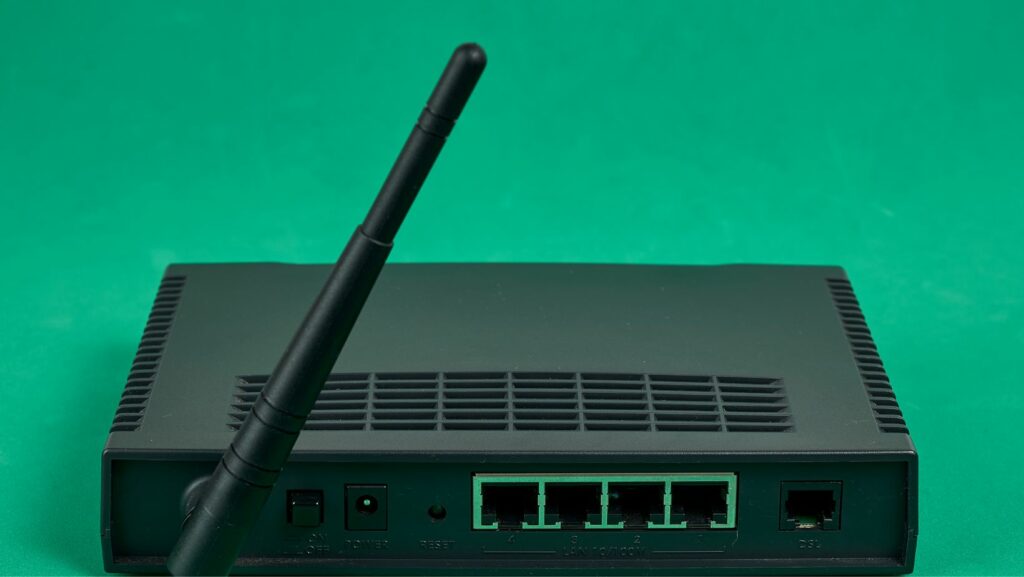
A Modem Can Also Function as What Other Piece of Hardware
A modem, as you may already know, is a device that allows us to connect to the internet. But did you know that a modem can also function as another piece of hardware? It can serve as a router, enabling multiple devices to connect to the internet simultaneously.
So how does a modem work exactly? Well, it’s quite fascinating. Essentially, a modem works by converting analog signals from your internet service provider (ISP) into digital signals that your computer or other devices can understand. These digital signals allow for data transmission over telephone lines or cable connections.
By understanding how modems function and their ability to act as routers, we gain insight into their importance within our home networks. In this article, I’ll delve deeper into the inner workings of modems and explore the ways they contribute to our seamless online experiences. Let’s unravel the mysteries behind these essential pieces of hardware together!
What is a Modem?
Let’s dive into the world of modems and unravel their significance in our modern digital age. A modem, short for modulator-demodulator, is a hardware device that plays a crucial role in connecting our computers or devices to the internet. It serves as a bridge between our home network and the vast online realm.
Essentially, a modem translates digital signals from our devices into analog signals that can be transmitted over telephone lines or cable lines. It then performs the reverse process by converting received analog signals back into digital signals that our devices can understand. This two-way communication allows us to send and receive data through the internet.
In simpler terms, think of a modem as your personal translator, enabling you to communicate with the internet service provider (ISP) in its own language. Whether it’s browsing websites, streaming videos, sending emails, or playing online games, all these activities rely on the reliable and efficient functioning of your modem.
Modems come in various types such as DSL (Digital Subscriber Line), cable modems, fiber optic modems, and wireless modems. Each type has its strengths and limitations depending on factors like internet speed availability in your area and your specific needs.
To sum it up, a modem acts as an indispensable intermediary between our devices and the internet infrastructure. Without this essential piece of hardware quietly humming away in the background, accessing information from around the globe would remain an elusive dream.
Now that we have demystified what exactly a modem is, let’s delve deeper into its inner workings and explore how it enables us to connect seamlessly with the digital world.

The Function of a Modem
Now that we’ve established what a modem is, let’s delve into its function. A modem serves as a crucial piece of hardware in our modern connected world, facilitating the transmission and reception of data between our devices and the internet. Its primary role is to convert digital signals from our computers or routers into analog signals that can be transmitted over telephone lines or cable systems.
Essentially, a modem acts as a translator, enabling communication between our digital devices and the analog infrastructure used by internet service providers (ISPs). It modulates outgoing digital signals into analog waves for transmission and demodulates incoming analog signals back into digital data that our devices can understand. This process allows us to access online resources, stream videos, send emails, and engage in countless other activities that rely on an internet connection.
To better understand how a modem works, it’s important to grasp the concept of modulation and demodulation. Modulation refers to the process of modifying one or more properties of a carrier signal (analog waveform) with the information being transmitted (digital data). Demodulation reverses this process by extracting the original information from the modulated carrier signal.
When you connect your computer or router to a modem using an Ethernet cable or Wi-Fi connection, your device sends packets of digital data to be transmitted over phone lines or cables. The modem then processes these packets by converting them into analog signals suitable for transmission through the ISP’s network infrastructure. On the receiving end, another modem converts these analog signals back into digital data which is then delivered to its intended destination.











